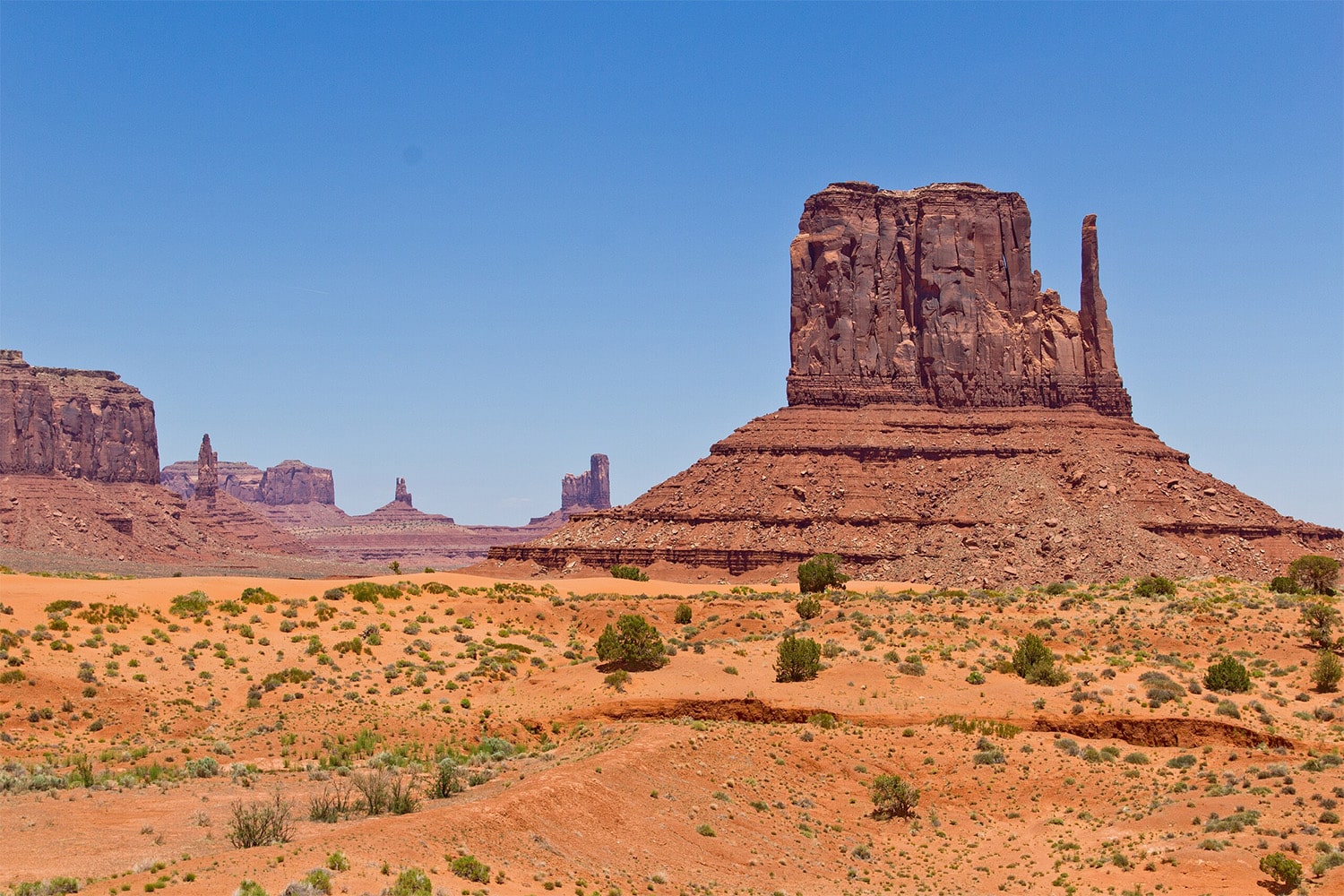
32 interesting facts about buttes
- 👁️ 2625
Buttes are isolated hills with steep, often vertical sides and a small, flat top; they are intriguing geological formations that stand out in flat landscapes or in regions with extensive erosion. These natural towers are remnants of larger plateaus or mesas and are primarily found in arid to semi-arid regions around the world, such as the American Southwest, where they form iconic landscapes. Buttes are not only geologically significant but also culturally important to many indigenous peoples who view them as sacred sites. Here are 32 fascinating facts about these striking landforms.
- A butte is an isolated hill with steep, often vertical sides and a small, flat top, the result of erosion.
- They are taller than they are wide, distinguishing them from broader mesas.
- Buttes were originally part of flat, elevated areas of land known as plateaus.
- The word ‘butte’ comes from a French word meaning ‘small hill’.
- In the United States, buttes are most common in the Southwest, particularly in states like Arizona, Utah, and New Mexico.
- Monument Valley, on the Arizona-Utah border, is famous for its scenic landscape dotted with numerous buttes.
- Buttes form by erosion when harder rock overlays softer rock, which erodes more quickly.
- The caprock, which is the harder rock on top, protects the underlying softer layers from eroding quickly.
- Over time, the surrounding softer rock wears away, leaving the harder rock exposed as a butte.
- The process of butte formation is primarily driven by water erosion but can also involve wind erosion.
- Buttes are common in arid and semi-arid climates where there is scant vegetation to protect the soil from erosion.
- The soil around buttes is often very thin or nonexistent due to the ongoing erosion.
- Buttes can be composed of various rock types, including sandstone, limestone, and basalt.
- The distinct shapes of buttes make them popular subjects in photography and painting.
- Some buttes have flat tops wide enough to support vegetation and even small ecosystems.
- Indigenous cultures often consider buttes to be sacred or spiritual sites.
- Legends and myths about buttes abound in Native American culture.
- The isolation of buttes makes them visible landmarks, historically used for navigation.
- Some famous buttes, like Devil’s Tower in Wyoming, are popular among rock climbers.
- Devil’s Tower was proclaimed the first United States National Monument by Theodore Roosevelt in 1906.
- The vertical cliffs of buttes serve as nesting sites for various birds of prey.
- Buttes can vary greatly in height, with some towering over 1,000 feet above the surrounding terrain.
- Geological stability makes some buttes suitable locations for installations, such as communication towers.
- The formation of a butte can take millions of years, depending on the hardness of the rock and the rate of erosion.
- The lifespan of a butte ends when the caprock eventually erodes away, leaving it vulnerable to rapid erosion.
- The environment around buttes is often characterized by other erosion features like pinnacles and gullies.
- In some regions, buttes are surrounded by badlands — a type of dry terrain where softer sedimentary rocks and clay-rich soils have been extensively eroded.
- The flora and fauna on and around buttes have adapted to survive with minimal water and in harsh soil conditions.
- Buttes, due to their striking appearance and geological interest, are often featured in national parks and protected areas.
- The sedimentary layers visible on the sides of buttes can reveal a great deal about the geological history of the area.
- Climate change and human activities that increase erosion can affect the stability and lifespan of buttes.
- The cultural significance and natural beauty of buttes continue to be a draw for tourists and researchers alike.
Buttes, these majestic natural sculptures, stand as sentinels of the past, telling stories of geological processes that span millions of years. Each butte offers a unique glimpse into the natural history and evolution of Earth’s landscapes. They not only contribute to the biodiversity and ecological dynamics of their environments but also enrich human culture through their mythological and symbolic significance. This exploration of buttes sheds light on their fascinating formation, their role in the ecosystem, and their continued influence on both nature and culture.
Buttes are isolated hills with steep, often vertical sides and a small, flat top; they are intriguing geological formations that stand out in flat landscapes or in regions with extensive erosion. These natural towers are remnants of larger plateaus or mesas and are primarily found in arid to semi-arid regions…